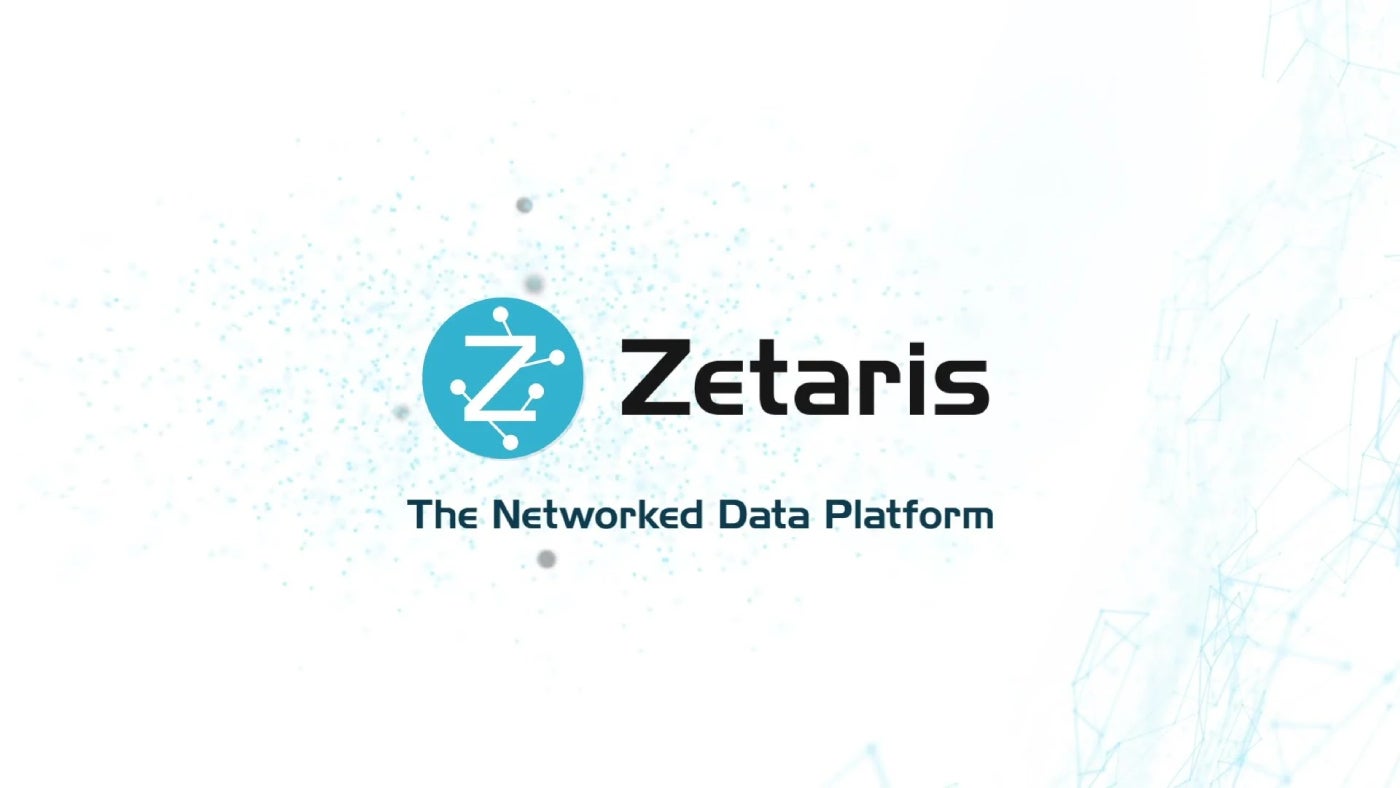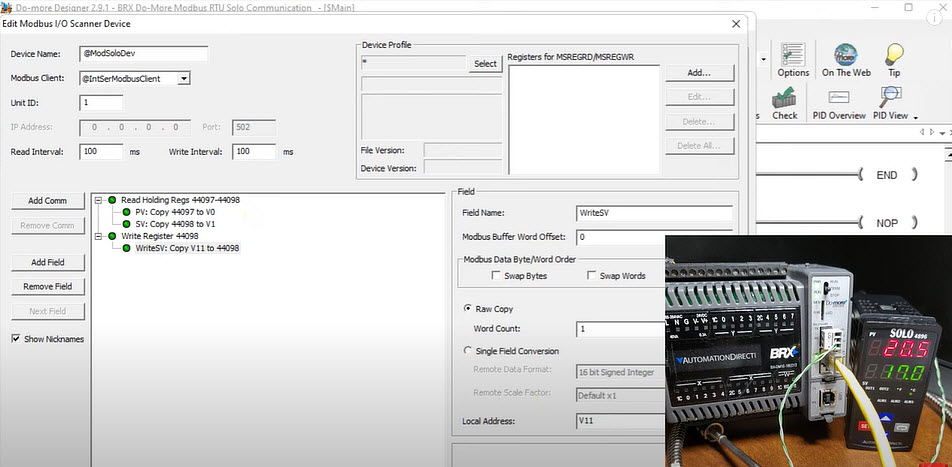Tackling global climate change and tracking greenhouse gas emissions has become a collaborative effort involving various organizations. The World Bank, in partnership with NASA and the European Space Agency, has launched an initiative to collect and organize satellite-based measurements of greenhouse gases in the atmosphere. Companies around the world are also monitoring their own greenhouse gas emissions using software tools to meet environmental regulations and achieve carbon reduction goals.
The understanding and awareness of climate change that drives this urgency has taken centuries to develop. The concept of climate change dates back to the early 19th century when French mathematician Joseph Fourier observed the greenhouse effect. In the 1850s, American scientist Eunice Newton Foote identified water vapor and carbon dioxide as heat-trapping culprits. Irish physicist John Tyndall furthered the understanding by demonstrating the energy-absorbing properties of gases. Swedish physicist Svante Arrhenius developed a climate model in 1896, predicting the impact of different concentrations of carbon dioxide on global temperatures.
Attitudes towards climate change began to shift in the 1930s when English scientist Guy Callendar linked increasing carbon dioxide levels to rising surface temperatures. In the 1950s, physicist Gilbert Plass warned about the impact of anthropogenic carbon dioxide emissions on global warming. Oceanographer Roger Revelle discovered that the oceans were absorbing gas slower than previously thought. Charles David Keeling’s measurements on Mauna Loa volcano led to the famous Keeling curve, showing increasing carbon dioxide levels.
In the late 20th century, computer models became vital tools for climate scientists. Researchers Syukuro Manabe and Richard Wetherald predicted a global temperature increase from doubled atmospheric carbon dioxide levels in 1967. NASA’s Nimbus III satellite provided unprecedented temperature measurements in different parts of the atmosphere. Today, satellites and ice core research continue to provide valuable climate change data.
Mounting evidence of climate change led to significant global efforts in policymaking. The Montreal Protocol in 1987 phased out substances depleting the ozone layer. The United Nations established the Intergovernmental Panel on Climate Change in 1988. The Kyoto Protocol in 1997 set targets for developed countries to reduce greenhouse gas emissions. The Paris Agreement in 2015 aimed to prevent global temperature rise above preindustrial levels.
Despite efforts, climate change continues to worsen with changing weather patterns, extreme weather events, and rising sea levels. Governments and companies are intensifying their efforts to reduce greenhouse gas emissions and combat climate change through energy efficiency, renewable energy sources, and ESG data-monitoring tools.
As more companies focus on emissions reductions, data management plays a crucial role in ensuring sustainability.
Source link























